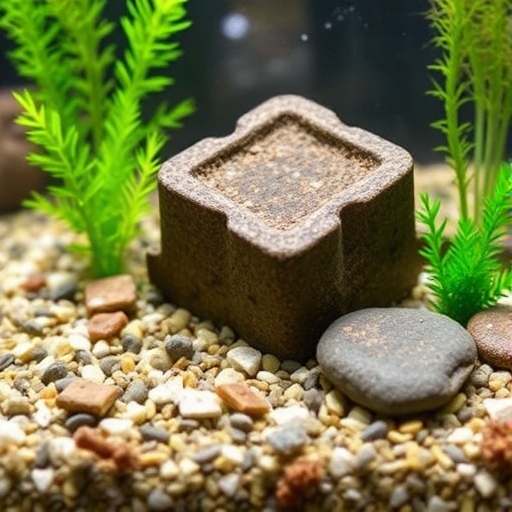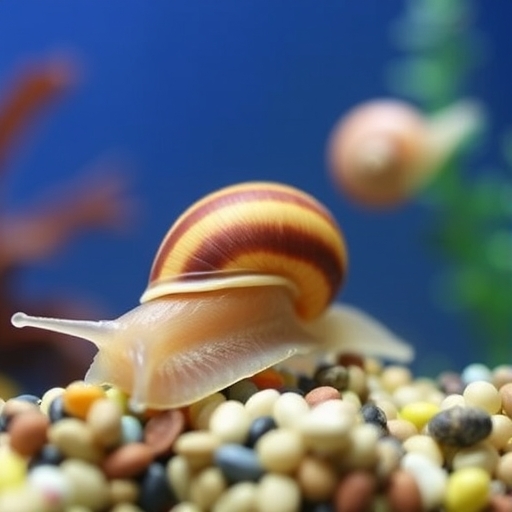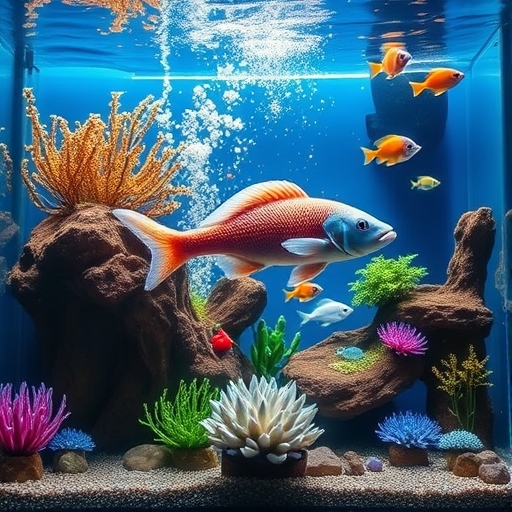How to Clean Aquarium Gravel: A Comprehensive Guide
Maintaining a clean aquarium is essential for the health of your fish and the overall aesthetic of your aquatic environment. One of the most critical components of aquarium maintenance is cleaning the gravel substrate. In this guide, we will explore the best practices for cleaning aquarium gravel, the tools you need, and tips to keep your aquarium thriving.
Why Clean Aquarium Gravel?
Cleaning aquarium gravel is crucial for several reasons:
- Prevents Toxic Build-Up: Fish waste, uneaten food, and decaying plant matter can accumulate in the gravel, leading to harmful bacteria and toxins.
- Promotes Healthy Water Quality: Regular cleaning helps maintain stable water parameters, which are vital for the well-being of your fish and plants.
- Enhances Aesthetic Appeal: Clean gravel contributes to the overall visual appeal of your aquarium, making it more enjoyable to observe.
- Weekly: Conduct partial water changes and surface gravel cleaning.
- Monthly: Perform a deeper cleaning of the gravel substrate.
- As Needed: If you notice excess debris, algae growth, or a foul odor, it’s time to clean.
- Gravel Vacuum: This is a siphon-like tool designed to remove debris from the gravel while minimizing substrate disturbance.
- Bucket: Use a clean bucket for collecting dirty water and debris.
- Aquarium Net: An optional tool for removing larger debris or uneaten food.
- Water Conditioner: Essential for treating tap water before adding it back to the aquarium.
- Aquarium Brush or Scraper: For cleaning any algae or build-up on decorations and glass.
- Turn Off Equipment: Unplug your heater, filter, and any other electrical equipment in your aquarium to prevent damage.
- Gather Your Tools: Have your gravel vacuum, bucket, and other cleaning supplies ready.
- Use an Aquarium Net: Gently skim the surface of the gravel to remove any visible debris, such as uneaten food or dead plant matter. This step makes the vacuuming process more effective.
- Insert the Gravel Vacuum: Place the vacuum into the gravel at a slight angle. This allows you to lift debris while keeping the gravel in place.
- Siphon Technique:
- Start the vacuum by creating a siphon. This usually involves submerging the entire vacuum and then covering the end with your thumb to create suction.
- Position the vacuum in sections, working through the entire substrate.
- Ensure you’re not removing too much gravel; the goal is to clean the upper layer without disturbing the entire substrate.
- Collect Dirty Water: As you vacuum, the dirty water will collect in your bucket.
- Dispose of the Water: Once you have removed a portion of the water (about 10-20% for regular maintenance), dispose of it appropriately.
- Replace with Fresh Water: Use treated water (with a water conditioner) to refill the aquarium. Ensure the temperature matches the existing water to avoid shocking your fish.
- Scrub Decorations: Use an aquarium brush or scraper to clean any algae or buildup on rocks, plants, and decorations.
- Clean the Glass: Wipe down the inside of the glass to keep your aquarium looking clear and clean.
- Restart Equipment: Once everything is clean and the water is replaced, plug in your heater and filter.
- Monitor Water Parameters: After cleaning, check the water parameters to ensure they remain stable.
- Don’t Over-Clean: While it’s essential to clean, over-cleaning can disturb beneficial bacteria in the substrate. Aim for a balance.
- Use a Fine Gravel Vacuum: If you have smaller substrate, ensure your vacuum is suitable for fine gravel to avoid sucking up the gravel itself.
- Consider Plant Life: If you have live plants, be careful when vacuuming around their roots to avoid uprooting them.
- Cleaning Too Frequently: Excessive cleaning can harm the beneficial bacteria that help maintain a balanced ecosystem.
- Not Treating Tap Water: Always use a water conditioner when adding tap water to your aquarium to remove chlorine and other harmful chemicals.
- Ignoring the Filter: Remember to clean your filter as part of your maintenance routine, but do not clean it simultaneously with the gravel to avoid disrupting beneficial bacteria.
When to Clean Aquarium Gravel
Cleaning your gravel should be a regular part of your aquarium maintenance routine. Here are some guidelines on when to clean:
Tools Needed for Cleaning Aquarium Gravel
Before you start the cleaning process, gather the necessary tools:
Step-by-Step Guide to Cleaning Aquarium Gravel
Step 1: Prepare Your Aquarium
Step 2: Remove Debris from the Surface
Step 3: Vacuum the Gravel
Step 4: Remove and Replace Water
Step 5: Clean Decorations and Glass
Step 6: Turn Equipment Back On
Tips for Effective Gravel Cleaning
Common Mistakes to Avoid
Comparison Table: Different Gravel Types and Cleaning Considerations
| Gravel Type | Cleaning Frequency | Special Considerations |
|---|---|---|
| Standard Gravel | Monthly | Easy to vacuum; retains debris |
| Fine Sand | Bi-Weekly | Requires gentle vacuuming; compact |
| Coarse Gravel | Monthly | Less debris retention; easier to clean |
| Eco-Complete | Monthly | Contains nutrients; gentle cleaning needed |
FAQ
How often should I clean my aquarium gravel?
Cleaning frequency depends on your tank’s bioload and the type of fish you have. Generally, aim for a light cleaning weekly and a deeper clean monthly.
Can I use a regular vacuum cleaner to clean my aquarium gravel?
No, using a regular vacuum can damage the aquarium and harm your fish. A gravel vacuum is specifically designed for this purpose and is safe for aquatic environments.
Is it necessary to remove all the gravel during cleaning?
No, you should not remove all the gravel. The goal is to clean the surface and remove debris without disturbing the entire substrate, which can harm beneficial bacteria.
What should I do if my aquarium gravel smells bad?
A foul smell indicates a build-up of waste or decaying matter. Clean the gravel thoroughly and check your filtration system to ensure it is working correctly.
Can I clean my aquarium gravel while the fish are in the tank?
Yes, you can clean the gravel while the fish are in the tank, but be gentle to avoid stressing them. Ensure that the cleaning doesn’t disturb them too much.
Conclusion
Cleaning aquarium gravel is a vital aspect of maintaining a healthy and beautiful aquatic environment. By following the steps outlined in this guide, you can ensure that your fish thrive in clean water and that your aquarium remains visually appealing. Regular maintenance will not only enhance the well-being of your aquatic life but also provide you with a rewarding hobby experience. Happy fishkeeping!




